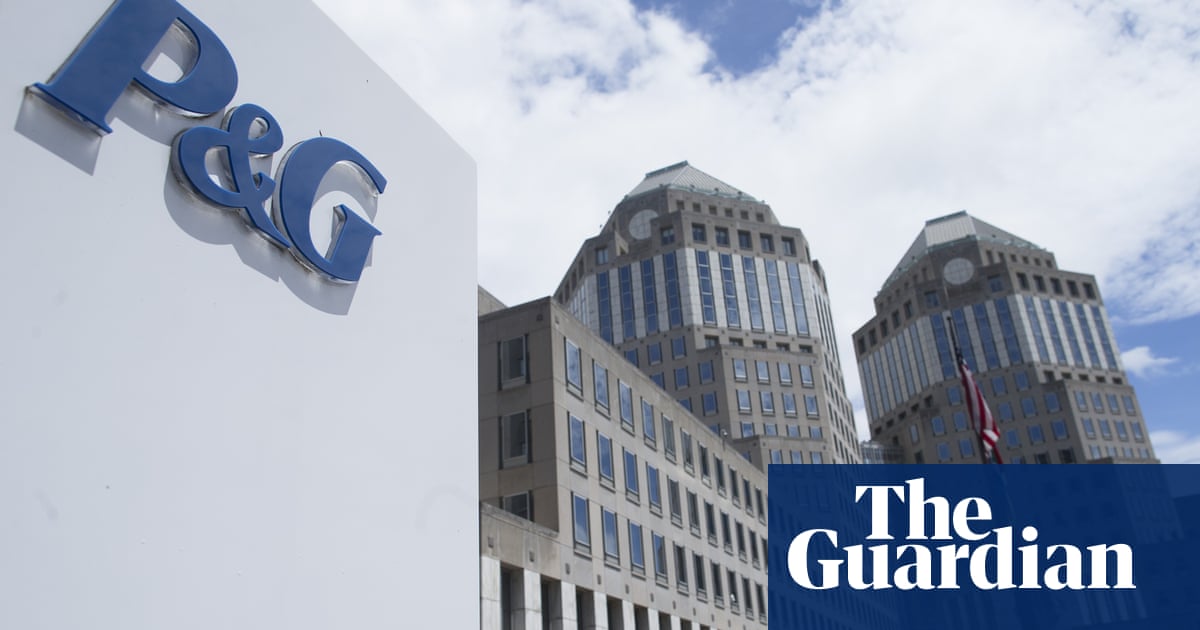
The young man was frantic, trying to get to a third date with a woman he already knew he wanted to marry. But four Bolt drivers had let him down, and when he tapped his Uber app, it was asking for triple surge pricing. In desperation, he did something he’d never done before – flagged down a black London taxi.
“He was trying to open the front door to get in. He wanted to give me a postcode – it was the usual thing you get from the ones who’ve never been in a cab before,” said Karen Proctor, a London taxi driver for more than a decade. “I told him ‘the postcode’s not going to help – just tell me where you want to get to’. It was a restaurant. And we got there seven minutes early, at about a third of the cost. He was converted.”
Tales like that are why, after nearly a decade of Uber-induced gloom, things are looking up for cabbies. Trade has roared back into life since the end of Covid measures in July, with many talking with some astonishment about their best-ever takings.
Gett, the app which allows passengers to book black cabs and private hire cars, says it is seeing 40% more rides each day for the traditional hail-and-ride cabs compared with the first quarter of 2020.
“It has been very busy – it feels like how it was before Uber came to the capital,” Proctor said.
While foreign tourists are still mostly absent, much of the demand during the summer came from British and Irish tourists taking advantage of discounted hotel rooms in the capital.
In other parts of the country, trade is also coming back. Wendy Loveday, the chair of the York Private Hire Association, said: “It’s been like Christmas. It doesn’t matter which company you work for, the work is there. And there are fewer Uber drivers because they’ve put up prices.”
A substantial portion of the new business is younger people who had grown to rely on Uber, Bolt and other apps to get around London and other cities since they arrived in 2012.
But the cheap fares have gone – prices are up by about a third this year, putting them on a par with taxis.
“Since late July, it’s been absolutely incredible,” said Angela Clarkson, a jobbing cabby who is also the deputy general secretary of the United Cabbies Group. “The work levels have been off the scale, for those lucky enough to have a cab.”
And there is the rub. While drivers with a cab talk of people running towards cabs when they stop to let out a passenger, arguing about whose taxi it is, or queues of 100 people outside Victoria train station or Liverpool city centre, there are plenty of licensed drivers without a vehicle.
“People are coming to us every single day looking for a cab,” said Lee DaCosta, a founder of Cabvision which runs payment systems for taxis and also rents a fleet for drivers who don’t own a vehicle. “We’re having drivers turning up literally walking the streets from garage to garage going ‘got any cabs?’”
Transport for London (TfL) figures show there were 13,858 licensed taxis in London on 24 October, compared with historic levels of about 21,000.
The rapid decline is partly due to Covid. During the pandemic, when drivers had no prospect of earning money and some were ineligible for government support, some were forced to sell their cabs and take up other jobs. It led to the sight of hundreds of cabs being stored in unused car parks and fields around London.
But some of the decline pre-dated the pandemic, and DaCosta says TfL’s policy of forcing older, diesel taxis off the road has not been accompanied by enough support for electric cabs.
A grant of up to £7,500 for a new vehicle and up to £10,000 for decommissioning an old one sounds generous, but a new electric TX taxi costs about £60,000, DaCosta said.
“Getting older polluting vehicles off the road is obviously a good thing,” he said. “But the average age of a person in the industry is 54, and so you’re looking at about £50,000 of finance. For someone in their 50s, that’s not worth it.”
About 1,200 drivers a year are leaving the trade, DaCosta said, but only about 300 a year are joining. There are only about 900 people doing the Knowledge – the requirement, since 1865, for drivers to learn each street in a six-mile radius of Charing Cross, which takes more than three years of training and practice before a licence is granted.
The driver shortage is not only affecting cabbies in London. Uber says it is back to pre-pandemic levels of drivers but needs more to meet increased demand, with rides up by 40% in Nottingham, 30% in Sheffield and 22% in Birmingham.
“A lot of drivers left the country, to go back to their country of origin,” said Matteo de Renzi, the UK managing director of Gett. “There has been an exodus of drivers towards delivery platforms – Amazon has been very strong in that respect.”
Another reason why the scales have tipped away from Uber are a string of court cases which have sought to force the technology company to pay its drivers more. In February, the supreme court ruled that Uber could not claim its drivers were self-employed and they should be entitled to minimum wage and paid holidays.
In the judgment, Lord Leggatt said that Uber and other private hire operators were required to have a contract with their customers. That would mean they need to pay VAT – a bill of about £2bn – so the firm is challenging that element of the ruling in a court case on 23 November.
An Uber spokesperson said: “As the UK has opened up, demand for Uber rides has soared, with many cities now seeing demand 20-40% higher than it was before the pandemic. The number of drivers working on the app today is similar to before the pandemic, however the growth in demand means that we need an additional 20,000 drivers to get service levels back to normal.”












